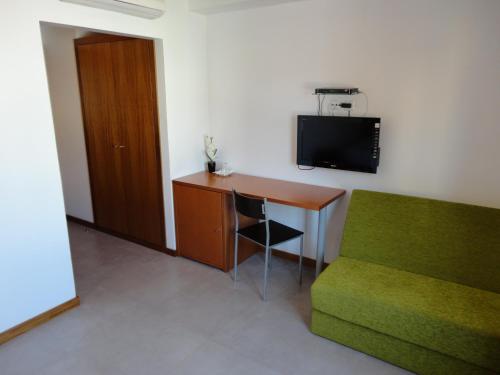
WEIGHT: 46 kg
Bust: B
1 HOUR:50$
NIGHT: +50$
Services: Naturism/Nudism, Sex anal, Food Sex, Sauna / Bath Houses, Cum in mouth
To browse Academia. This multidisciplinary companion offers a comprehensive overview of the global arena of public art. It is organised around four distinct topics: activation, social justice, memory and identity, and ecology, with a final chapter mapping significant works of public and social practice art around the world between and The thematic approach brings into view similarities and differences in the recent globalisation of public art practices, while the multidisciplinary emphasis allows for a consideration of the complex outcomes and consequences of such practices, as they engage different disciplines and communities and affect a diversity of audiences beyond the existing 'art world'.
The book will highlight an international selection of artist projects that illustrate the themes. This book will be of interest to scholars in contemporary art, art history, urban studies, and museum studies. Public art covers a range of phenomena in which aesthetics and urban life intersect. Public art introduces a broad of practices that opened to a number of interpretations regards their contributions to the urban environment, functions as a key factor in a city's regeneration policies, and is the primary fuel of urban capital production and accumulation today.

The article focuses on the art practices that declare ethical commitments with the social-political sphere, promoting participatory and collaboratively-led activities, converging thus with the dynamics of activist practices. The article reconsiders the role of public art as a socio-political agent, taking into account the timeless self-defining and self-regulating autonomy of visual arts, which claims the right to set specific norms of cultural inclusion and exclusion in the public space, reducing thus the multiculturalism of urban life to the restrictive framework of a one-dimensional culture.
The paper elaborates on some aspects of the discussions about the social-political engagements of public art, developing a brief discussion of some of the most current themes emerging from it. In this essay, I claim that in order to understand public art, it is necessary to investigate the space that informs it, that of public space.

It is necessary to dig into more complex territory to do this. Since the pandemic started, Melbournians have endured more than days in lockdown—the longest period anywhere in the world. Living through this much time governed by necessary but substantial public health restrictions—with access to the outdoors parcelled out into blocks of one to two hours; excursions confined to five, ten or fifteen kilometre radiuses, before curfew at 8pm or 9pm; and activities reduced to exercise or recreation with one other person, grocery shopping, or giving or receiving care— makes your nostalgia for times when going outside was less regulated and policed profoundly acute.




































